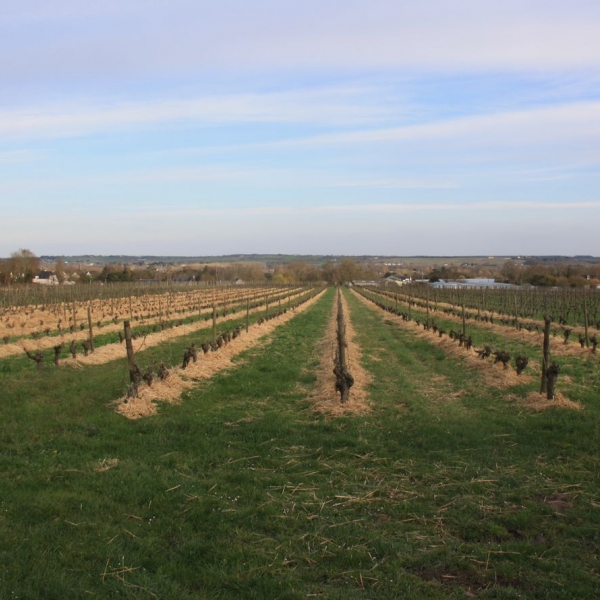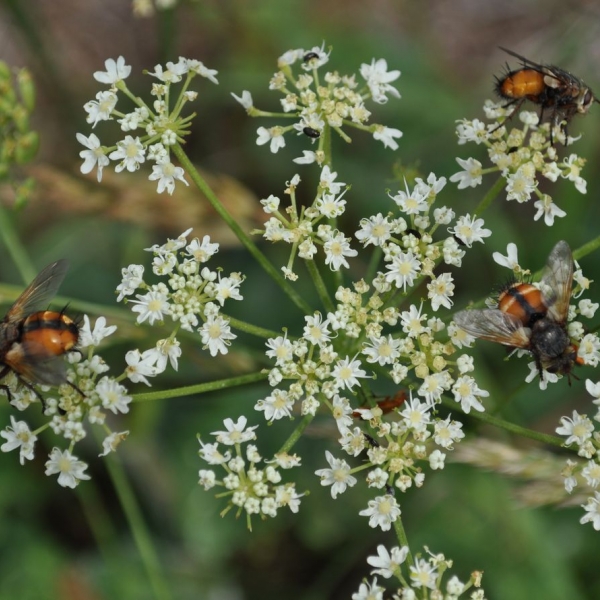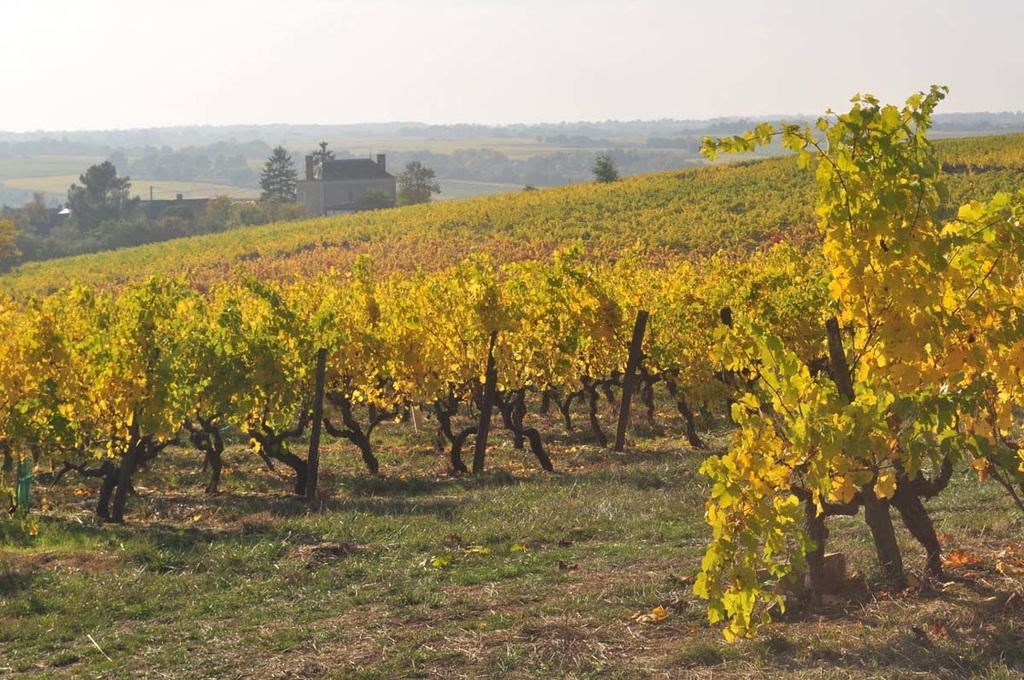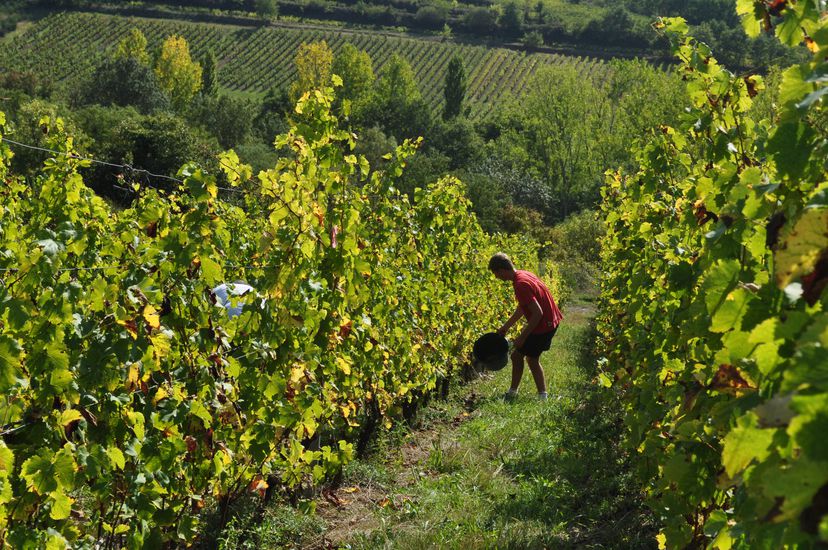Organic growing
Organic Winegrowing at the Estate
One of the possible etymologies of the word “agriculture” is “carefully maintaining the fields” and it is this vision that we have chosen. It is thus natural for us to attach the word “organic” to this, since it means “knowledge of living things”.
Organic agriculture thus starts with caring for the soil, within which various components interact:
The structure
The humus and clay sheets form the clay-humic complex which determines the structure of the soil allowing the circulation and retention of air and water, and with its high absorption capacity regulates the supply of minerals to the plants (elements and trace elements), while reducing the risks of induced deficiencies. Its abundance depends on the action of microorganisms and the organic matter returning to the soil.


The minerals
The availability of minerals for crops depends on the pH and the presence of all trophic chains or different families of living organisms in the soil.
The organisms
Soil organisms generate humus and release minerals from the soil. Their quality and quantity, which are decisive, depend on the organic matter to be decomposed, but also on the energy available.
The grass and the photosynthesis
It is the grass, at a certain stage, which provides a source of them, by injecting part of its photosynthesized sugars into the soil via its root exudates, sort of as an investment, in return from which it expects to receive the minerals extracted and made available by microorganisms. .
Plant cover is thus a natural way of achieving all of these interconnected things, in a cycle offering the following benefits:
- Physical structuring of the soil by the roots, allowing biological porosity, necessary for drainage and the activity of microorganisms.
- Uptake of atmospheric nitrogen by legumes.
- Injection of sugars boosting the activity of microorganisms capable of extracting minerals from the soil.
- Return of organic matter to the soil, at the end of the cycle, which microorganisms turn into humus (soil structuring role via the clay-humic complex, and nutritional regulation role).


Why do we use this approach?
Since this agronomic approach promotes caring for and even improving the soil, more than just soil fertility, it is generally referred to as conservation agriculture. Since it seeks to greatly reduce tillage – which burns organic matter – and instead uses plant cover for all of the beneficial reasons above, it is also known as carbon farming.
